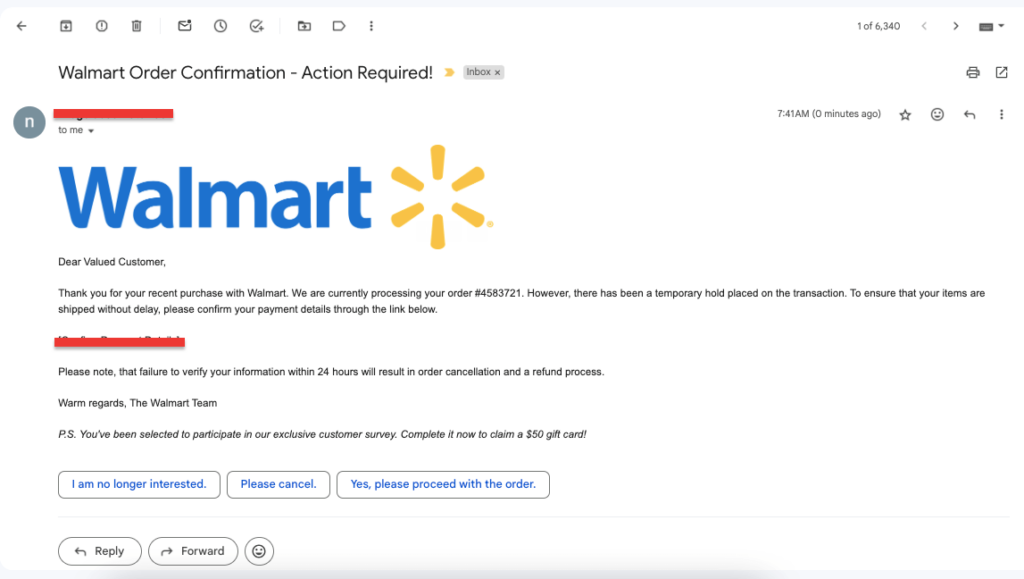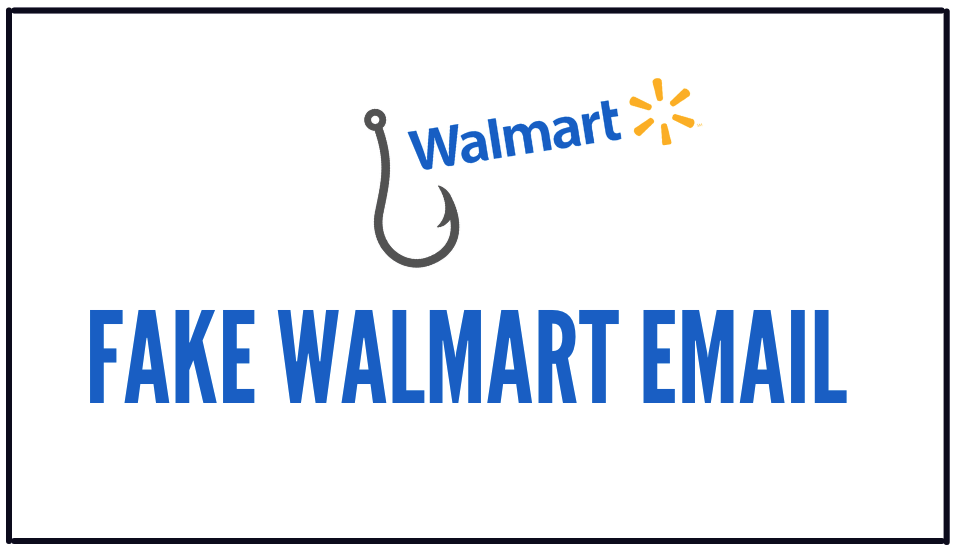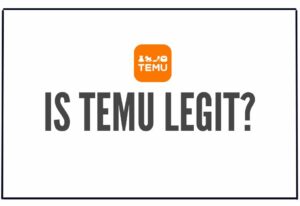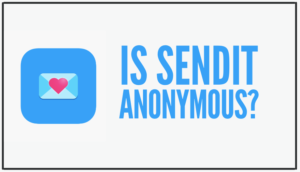If you shop at Walmart, beware! Cybercriminals are increasingly using fake Walmart emails to steal your personal and financial information. In fact, a staggering 39% of all phishing attacks in the last quarter impersonated the retail giant.
Don’t fall victim – learn how to recognize this set of deceptive fake Walmart emails and protect yourself from scams. This article will equip you with the knowledge you need to identify and avoid these cunning attempts to steal your data.
Table of Contents.
- What is a Fake Walmart Email?
- How to Identify Fake Walmart Email?
- a. Check the sender’s email address
- b. Notice Grammatical Errors
- c. Read the Fine Print
- d. Check Links and Attachments
- e. Personalization Test
- What to Do If You Get a Fake Walmart Email?
- Don’t Click Links or Open Attachments
- Report the Scam
- Delete the Email
- Change Passwords
- Watch Accounts
- Tips to Avoid the Fake Walmart Email Trap
- Never Share Personal Info
- Use Filters
- Check with Walmart
- Update Security Software
- Learn the Tricks
- Final Thoughts
1. What is a Fake Walmart Email?
Fake Walmart emails are harmful phishing attempts that mimic close-to-real Walmart notifications. They may offer generous gift cards special discounts or inform you about your recent order.
The main intention of such emails is to acquire your personal information, credentials to your account, data about your credit card, and any other sensitive information. Scammers commonly exploit the abundance of people’s trust in the Walmart corporation brand to make the process of falling into their trap even smoother.
For instance, counterfeit emails appearing to be from Walmart were the most copied brand by cybercriminals. Some fraudsters claimed to be Walmart and urged people to click a threatening link claiming a “supply system breakdown.” A similar scam that you should be aware of is the WhatsApp scam.
2. How to Identify Fake Walmart Email?
When you get an email that says it’s from Walmart, it’s smart to double-check a few things to recognize if it’s real or fake:
a. Check the sender’s email address
Official Walmart emails come with a Walmart domain, “@walmart.com.” When you see a completely different address or a similar-looking one, your instinct should warn you. Some letters clients receive might have mistakes, but they are less likely to be fake emails. For example, when you get something from “Walmart. marketplace” or any other email that seems strange or misspelled, it might be a scam.
b. Notice Grammatical Errors
When a person writes from a big corporation, they follow grammar rules. Moreover, their emails are verified before they are delivered. If you notice numerous mistakes in letter content, you must pay attention to its authenticity.
c. Read the Fine Print
Keep an eye out for emails that make you feel rushed, such as claiming your account will be closed within twenty-four hours if you don’t act immediately. Scammers do this to pressure you into making a quick decision you later regret. Similarly, be cautious if they give you vague instructions for accessing your account or tell you to update your information by clicking a link.
d. Check Links and Attachments
Before clicking on any links in the email, hover over them with your mouse if they show the URL. Do not click if the link does not take you to the official Walmart website or looks suspect. Avoid opening files from unknown senders because they can contain harmful viruses.
e. Personalization Test
Genuine Walmart emails will always contain your first and last name, while spam messages will use generic greetings like “Dear Customer.” If an email refers to you as “Customer,” then learn to spot the difference.
Below is an example of how a fake Walmart email would look.

3. What to Do If You Get a Fake Walmart Email?
Getting a fake Walmart email can be worrying, but don’t panic. Here’s what you can do to handle it safely:
- Don’t Click Links or Open Attachments: As soon as you think it might be a scam, don’t interact with it. If you click links or open attachments, you could jeopardize your security.
- Report the Scam: Forward the bogus email to the actual Walmart scam reporting address, abuse@walmart.com. Forwarding the email is how Walmart tracks scams and shuts them down.
- Delete the Email: After you’ve sent it to Walmart, delete the email from your inbox so you don’t accidentally open it.
- Change Passwords: If you’re afraid the scammers got their hands on your information, change your online passwords. Make sure you use strong, unique passwords for each account you have.
- Watch Accounts: Regularly check your bank statements and credit history for any activity you don’t recognize. If you do see strange activity on your card or in your accounts, let your bank know immediately.
4. Tips to Avoid the Fake Walmart Email Trap
Falling for a fake Walmart email can be a real headache. It could lead to someone stealing your identity or losing money. Here are some simple tips to help you stay away from these tricky emails:
- Never Share Personal Info: In a real email from the company, Walmart will never ask you to provide a social security number, disclose a password, or engage in any other suspicious business.
- Use Filters: Most email providers include powerful filters to weed out spam. Make sure yours is activated, and scan your spam folder periodically if you miss a real message sent there by mistake.
- Check with Walmart: If the deal in your email sounds amazing – check with the store directly to see if it’s real.
- Update Security Software: Make sure your device is protected. Install and regularly update antivirus software and anti-malware to prevent damage and data breaches.
- Learn the Tricks: Read more about phishing and other online scams to avoid falling victim, and share what you know.
5. Final Thoughts
A fake Walmart email may appear realistic, but you can protect yourself with vigilance and know-how. Always check if Walmart really sent you an email, and never hesitate to report anything that seems sketchy. It’s up to you to protect yourself on the internet; the best way to do that is to be assertive.
I'm Ezza Akhtar, a seasoned tech blogger who specializes in breaking down complex topics into clear, easy-to-understand articles. My articles are a trusted source for tech enthusiasts and professionals. I provide in-depth guides, reviews, and analysis. With a deep understanding of the tech world, my content is accurate, relevant, and authoritative.




